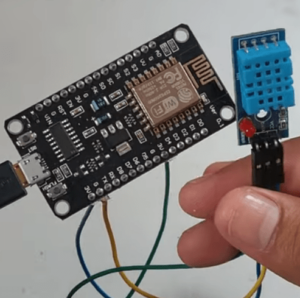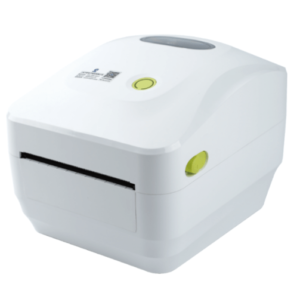Email: anwenqq2690502116@gmail.com
Rfid airport baggage automatic sorting system how to use. Write the manifest number, flight number, flight date, number of pieces, weight and other information into the electronic label chip through the RFID printer.
RFID Airport Baggage Automatic Sorting System
Technology has changed the way the world works. With the rapid development of the domestic economy, science and technology, the domestic civil aviation industry has achieved unprecedented development in recent years. The number of civil aviation transports continues to increase every year, and the luggage throughput of major airports has also reached a new height.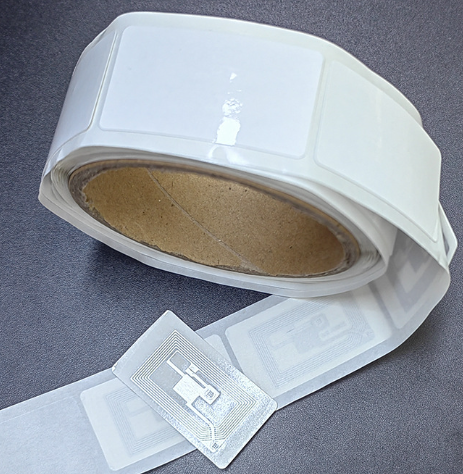
RFID Airport Baggage Automatic Sorting System
Baggage handling at airports is a complex and large undertaking. In order to improve the efficiency of baggage sorting, major airports have built baggage sorting systems, which greatly improves the efficiency of baggage handling.
The automatic baggage sorting system is a set of automatic system for large and medium-sized airports to carry out centralized and unified transmission, sorting and processing of passenger baggage. It is suitable for airports with an annual throughput of more than 2 million passengers, especially an annual throughput of more than 5 million.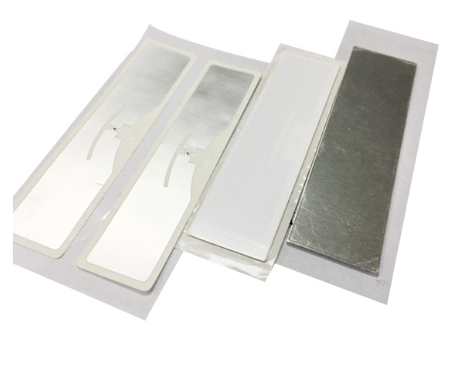
RFID Flexible Anti-Metal Tag - UHF Asset Management Printable Anti-Metal RFID Electronic Tag
It is especially necessary for a hub airport with 10,000 passengers. The traditional baggage sorting system uses barcodes and other means for identification. Barcode scanning machines are installed in the sorting channel, and the luggage can be automatically sorted when passing through the channel. However, because the barcode is easily damaged, incomplete barcodes affect the recognition speed and even cause wrong recognition.
Rfid airport baggage automatic sorting system how to use?
The system adopts radio frequency technology, and when the RFID electronic label receives the goods, it writes the manifest number, flight number, flight date, number of pieces, weight and other information into the electronic label chip through the RFID printer. When the cargo passes through the collection equipment installed in the cargo yard, it will automatically read the luggage information. The collection equipment includes the collection station after the security inspection channel, the collection terminal for the entrance and exit of the cargo yard, the collection terminal for the cargo on the plane, the collection terminal for the disembarkation of the cargo, the cargo arrival sorting terminal, and the collection of the cargo receipt mobile terminal.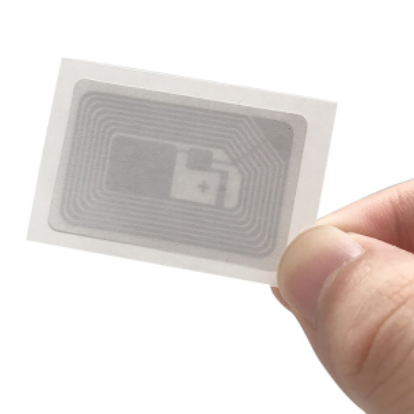
RFID tags manufacturers in China - Rfid airport baggage automatic sorting system how to use - IoT solutions
Realize the automatic collection of data and node traceability of the whole process of goods from receiving, warehousing, loading and unloading, sorting, and signing.
The design of the system and hardware fully considers the working habits of each link, does not increase the workload of workers, and fully considers the habits of human-computer interaction.
Using technologies such as the Internet of Things and artificial intelligence, the data in each link is intelligently verified, and intelligent reminders are given to operators at each node for problems such as wrong cargo status, packet loss, and wrong loading, so as to prevent the risk of packet loss in advance.
Rfid airport baggage automatic sorting system app
System advantage
1. Fast scanning
The barcode scanning is a one-to-one correspondence, while the UHF RFID reader can simultaneously identify and read multiple RFID electronic tags.
2. Small size and diverse shapes
The reading of RFID technology is not limited by size and shape, and it does not need to match the fixed size and printing quality of paper for reading accuracy.
3. Strong anti-pollution ability and durability
The traditional barcode carrier is paper, which is easily contaminated, while the RFID tag stores the data in the chip, so it can avoid contamination.
4. Reusability
Most barcodes cannot be changed after they are printed, but RFID tags can repeatedly add, modify, and delete the data stored in the RFID tag to facilitate information update.
5. Penetrating and barrier-free reading
When covered, RFID can penetrate non-metallic or non-transparent materials such as paper, wood and plastic, and can communicate penetratingly. The barcode scanner can only read the barcode when it is in close range and there is no object blocking it.
6. Security
Since RFID carries electronic information, its data content can be protected by passwords, so that its content is not easy to be forged and altered.




